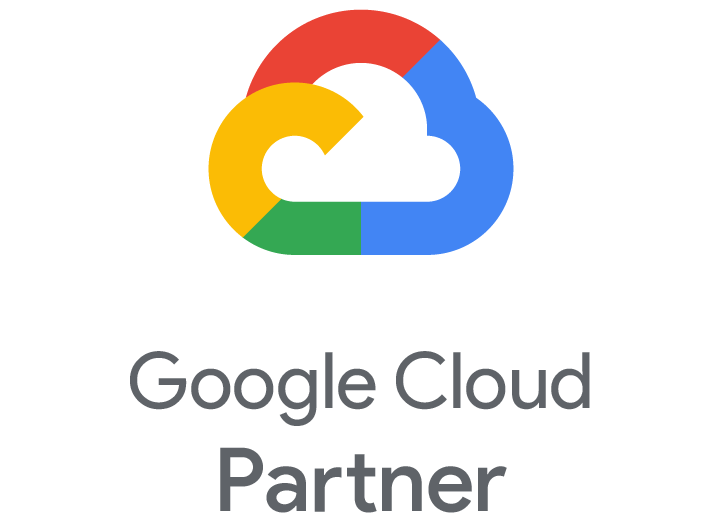People remember stories but struggle with…facts…
Picture this, you are sitting in a meeting at 10’ in the morning, you had a good breakfast and got a cup of coffee to help you get through this meeting..would you rather listen to an interesting story or go through a presentation laden with facts and figures interspersed with analytical (mind boggling) statistics that nobody will care to remember?

In reality, the human brain is hard-wired to process stories, not facts. Then do we need to eliminate all facts? not really, but stories beat facts in the race for attention.
Research studies have concluded that information conveyed in a story, has a much greater chance (by an order of magnitude) of being read, understood, and believed. The adage goes, “Facts tell, stories sell.”
Business storytelling is a lot more difficult than just spewing facts. If you want to communicate facts, your best strategy is to either find or create a story that allows your key message to emerge and be heard.
In today’s evergreen digital age, content is king and attention has to be earned. The key to content is stories. Take for example, a brand’s social media audience, they are not passive but will only involve themselves with your message if intrigued by the content.
What’s trickier is the art of storytelling to convey and communicate key strategic messaging. A small number of organizations both big and small, are effectively using strategic storytelling to get known, liked and trusted. Then, relevance – just becomes a by-product.
Stories are progressively getting much better at changing perceptions while also changing attitudes and gaining attention when compared to facts. They attract attention, and they allow people to deduce their own conclusions. The stories become a medium to add meaning to the employees, too: Today’s highly informed audience includes your employees who are not looking just to make a buck but are seeking for meaning in their work, and thus are looking to be part of an organization that they can respect and admire.
So, it really becomes the organization’s responsibility to provide a kind of higher purpose, to communicate that higher purpose, effectively through the proper communication channels in a way that your customers and employees would like to consume and find it.
Communicating your organization’s brand, vision, values, and strategy is a way to create a connection with your audience while inspiring and guiding employees; something that is virtually impossible to do with a set of facts.


